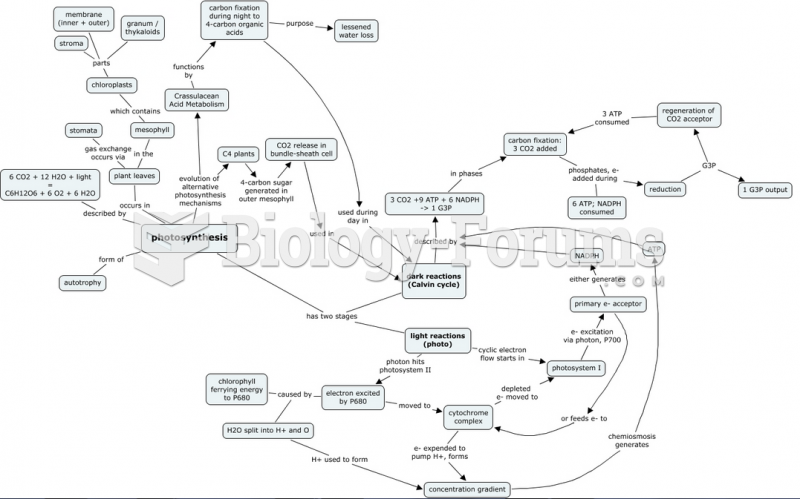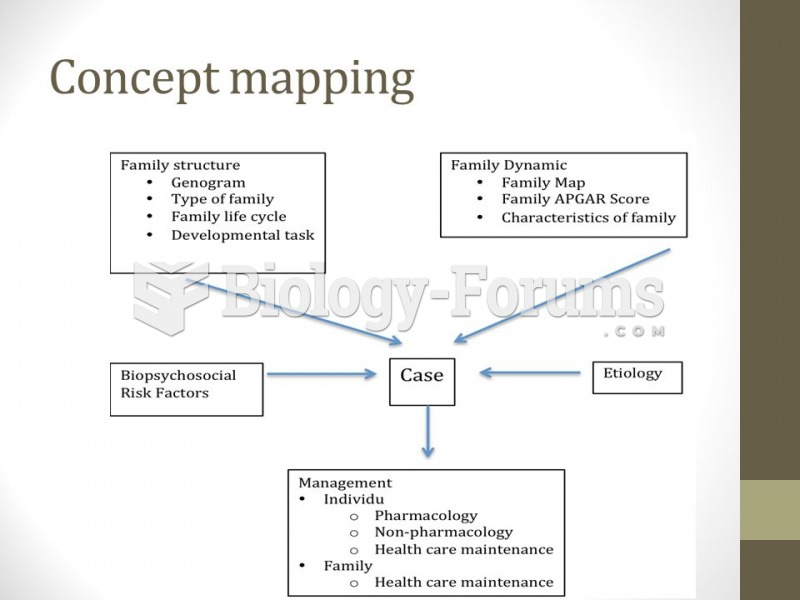Answer to Question 1
Hemispheric specialization refers to the idea that certain functions are predominantly localized in one hemisphere or the other. The left hemisphere is important not only in language but also in movement. People with apraxiadisorders of skilled movementsoften have had damage to the left hemisphere. These people have lost the ability to carry out familiar purposeful movements such as forming letters when writing by hand. Another role of the left hemisphere is to examine past experiences to find patterns. Finding patterns is an important step in the generation of hypotheses. The right hemisphere is largely mute. It has little grammatical or phonetic understanding. But it does have good semantic knowledge. It also is involved in practical language use. People with right-hemisphere damage tend to have deficits in following conversations or stories. They also have difficulties in making inferences from context and in understanding metaphorical or humorous speech. The right hemisphere also plays a primary role in self-recognition. In particular, the right hemisphere seems to be responsible for identifying one's own face.
The corpus callosum is a dense aggregate of neural fibers connecting the two cerebral hemispheres. It transmits information back and forth. Once information has reached one hemisphere, the corpus callosum transfers it to the other hemisphere.
Answer to Question 2
The forebrain is the region of the brain located toward the top and front of the brain. It includes the cerebral cortex, the basal ganglia, the limbic system, the thalamus, and the hypothalamus. The midbrain helps to control eye movement and coordination. By far the most indispensable of these structures is the reticular activating system (RAS). The hindbrain comprises the medulla oblongata, the pons, and the cerebellum.







